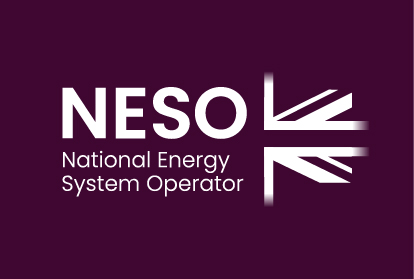This project will deliver a probabilistic space weather impact and mitigation assessment of the current GB electricity system, and of the anticipated electricity system at key milestones in the net zero transition. This will provide an up-to-date assessment of the potential impact of a Reasonable Worst Case Scenario (RWCS) space weather event, and an assessment of ESO’s ability to securely operate the system. Space and ground threat, and associated asset vulnerabilities across the electricity network will be analysed. The project will then assess potential mitigations that could be implemented both pre-event and during an event, to inform contingency and response plans developed by electricity industry participants.
Benefits
The project will enable the whole electricity sector to understand the potential impact of a severe space weather event and asset vulnerabilities. This will enable strengthening of the system and mitigate the risks associated an event where possible, and ensure robust contingency, response and recovery plans are embedded within all organisations across the industry. A complete cost-benefit analysis for identified mitigation options will be delivered as part of the project. If this project is successful and timings align, the results of this project will provide electricity system inputs into the UK Government Severe Space Weather Preparedness Strategy across all industries.
Learnings
Outcomes
The SWIFTER team delivered the Impact Assessment report in April 2025 which provided an update to the vulnerability analysis for thermal heating, voltage instability, and harmonic failure. Work is ongoing to address NESO and other stakeholder comments.
The results of the modelling have identified transformers at increased risk of damage from severe space weather events. This will update our understanding of transformer failure risk. The voltage instability assessment results have been shared with NESO and are currently being checked on the power system model for possible impacts.
Results are currently being reviewed by industry stakeholders. The next steps of the project is to deliver the mitigations report and impact assessment, followed by Final report in June.
The output from the project will provide guidance for NESO contingency plan during severe space weather events. It will also help other industry participants to understand space weather risk and plan mitigations.
Lessons Learnt
A small number of transformers are likely to be vulnerable to thermal heating failure under a reasonable worst-case scenario. Vulnerability depends on local geology, earthing resistances, extent and number of connections and capacity and type of transformers. The most recent model shows three transformers being at risk of failure (exceeding temperatures of 200 °C for their structural elements) under a 1-in-200-year event. The model could be improved by capturing the 132 kV network in England for vulnerable substations, capturing better earthing resistance data, including generator and interconnector owned transformers and further validation against measured geomagnetically induced current data. Finite element analysis of the most vulnerable transformers would help to confirm the anticipated temperature response and thermal heating failure likelihood.
The project is awaiting the findings of modelling the vulnerability to voltage instability. Modelling vulnerability to harmonics is technically challenging, and further work is required to determine capability and availability of data to perform this work (outside the scope of the current project).
There is a large stakeholder community interested in space weather and its impact on the electricity grid. Multiple stakeholders across different organisations have unfortunately slowed the pace of the project. This is especially true of the modelling, with different elements of the models owned by BGS, Frazer-Nash and NESO.
External guidance, particularly that published by EPRI, has been hugely valuable to the project. Much of that guidance is only available behind a paywall, however.




